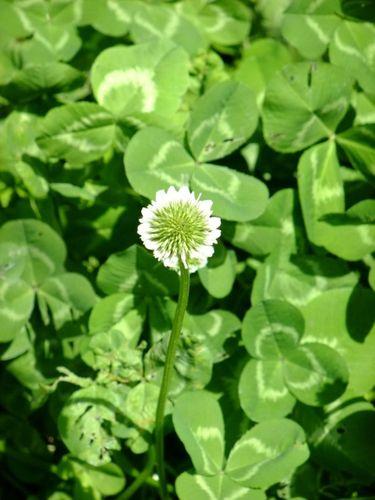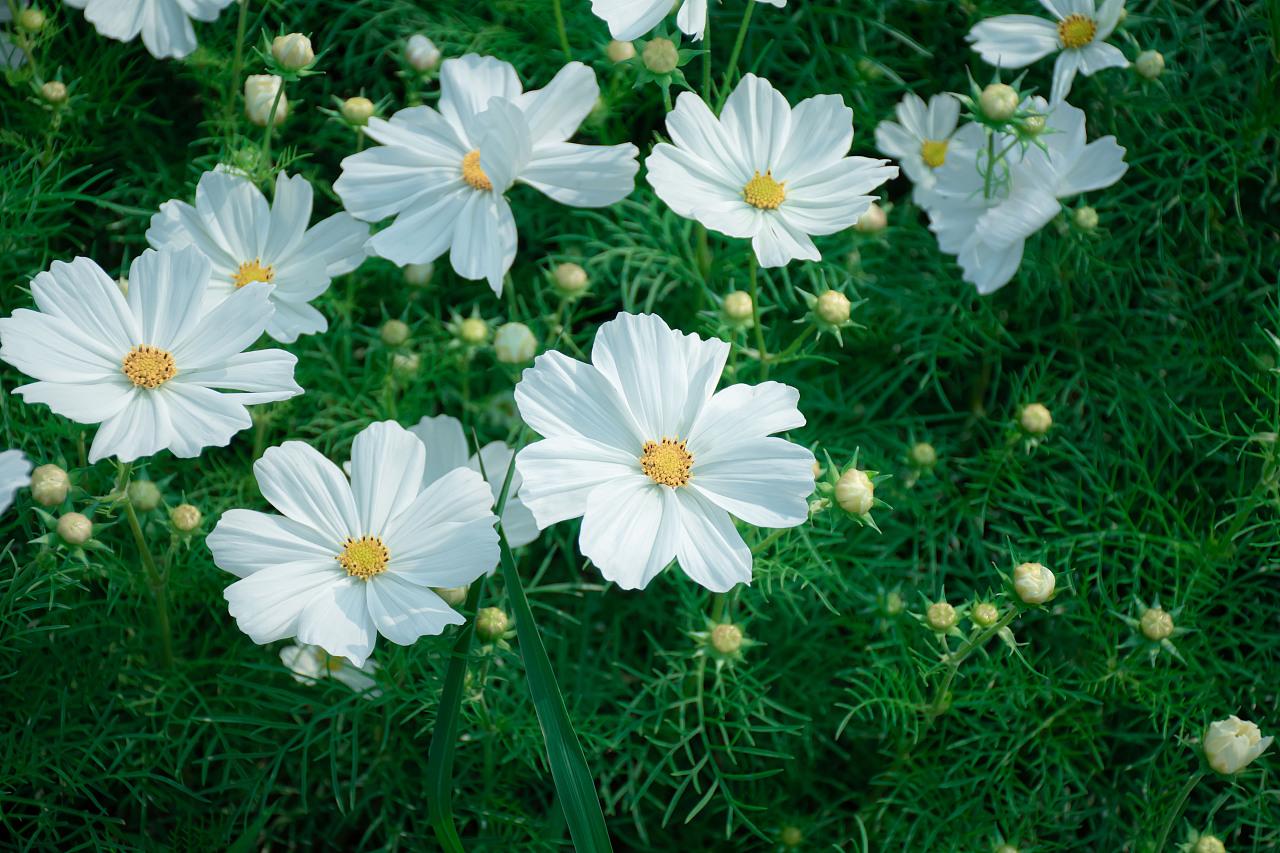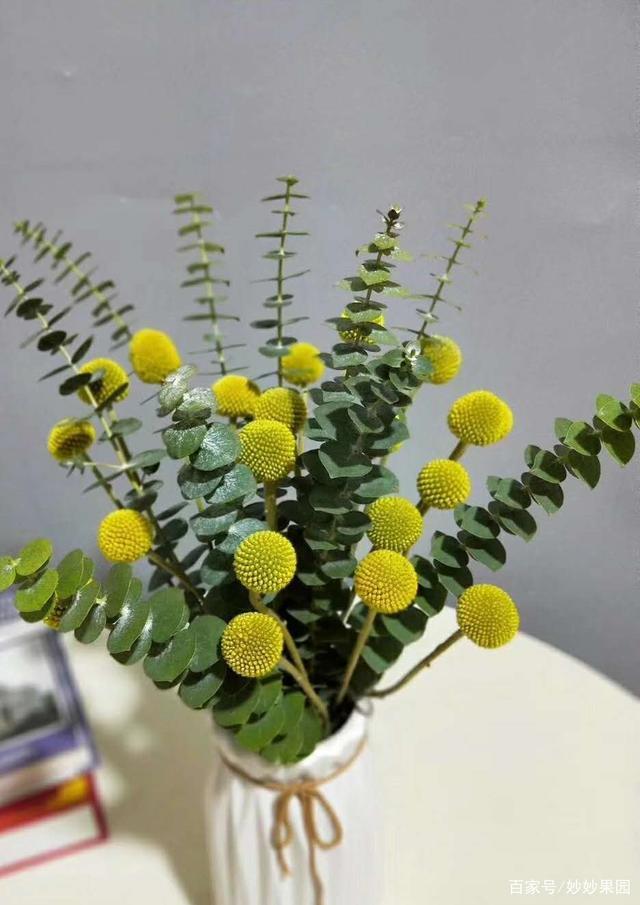The Connaraceae family has an interesting story that spans across different continents and cultures. With over 400 species, this diverse plant family has played a significant role in traditional medicine, folklore, and even culinary traditions.
One fascinating aspect of Connaraceae is its use in traditional African medicine. Several species, such as the Connarus suberosus, have been utilized for their medicinal properties, including treating digestive disorders and skin ailments. The extensive knowledge of these plants has been passed down through generations, highlighting their importance in local communities.
In Brazil, the Connarus suberosus has a unique association with folklore. According to an old legend, this plant is believed to possess magical properties that can attract love. It is said that those who carry a piece of the plant will find their true love in a short period of time.
Moreover, the Connaraceae family has made its way into culinary practices. The Connarus guianensis, commonly known as the guiane bean, is used in West African cuisine as a flavoring agent in soups and stews. Its rich flavor and nutritional value have made it a popular addition to local dishes, adding depth and a unique taste.
Overall, the intriguing story of Connaraceae showcases the diverse roles that plants can play in different cultures, from medicine to folklore and culinary traditions, making it a fascinating subject of botanical exploration.
Picture
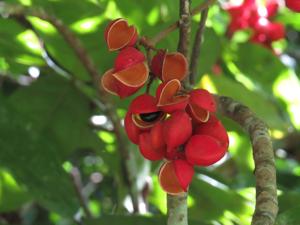
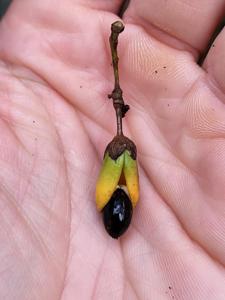
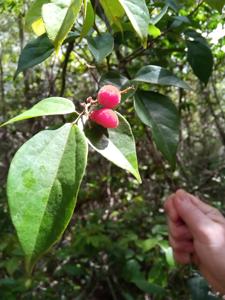
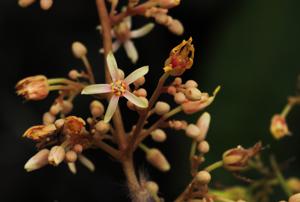
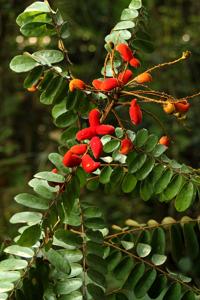
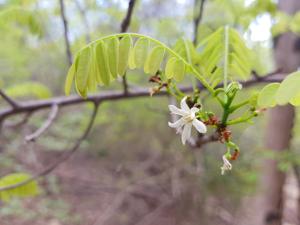
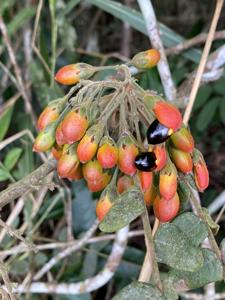
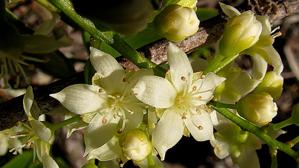
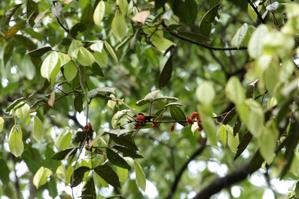
Plant some seeds now!
Multi-Colored Bachelor’s Button
Short Description
Connaraceae is a pan-tropical plant family of 19 genera and more than 180 species of largely evergreen trees, woody shrubs and climbers.
The family was first described by Robert Brown in 1816 and the name has been conserved.
Description
Connaraceae are typically evergreen trees, shrubs or climbers. Connarus is represented by species in all three lifeforms, while Rourea species are climbers. Their leaves are pinnate, trifoliate or rarely entire, alternate, without stipules and with a pulvinus at the base of the petiole.
Connarus guianensis is economically important for its decorative wood, zebra wood.

